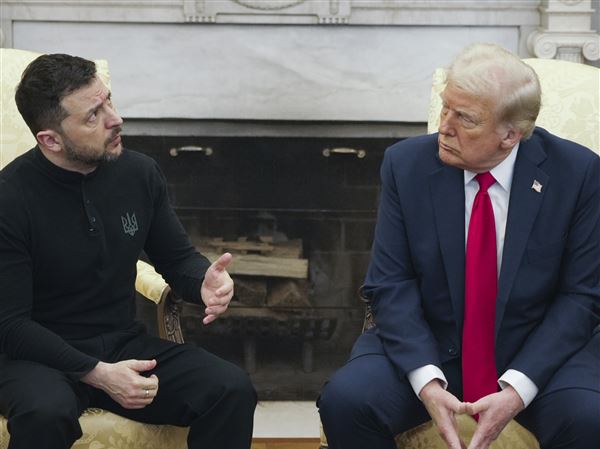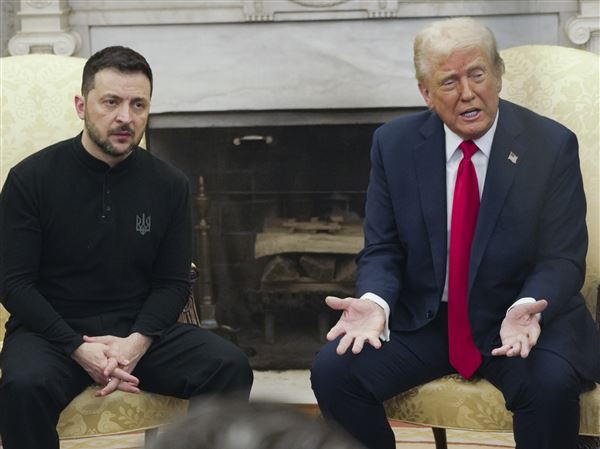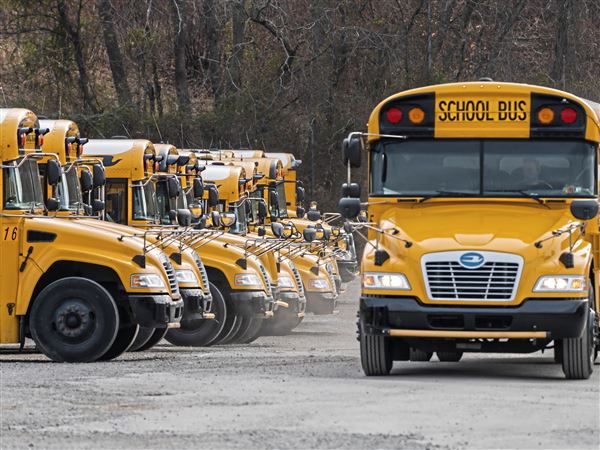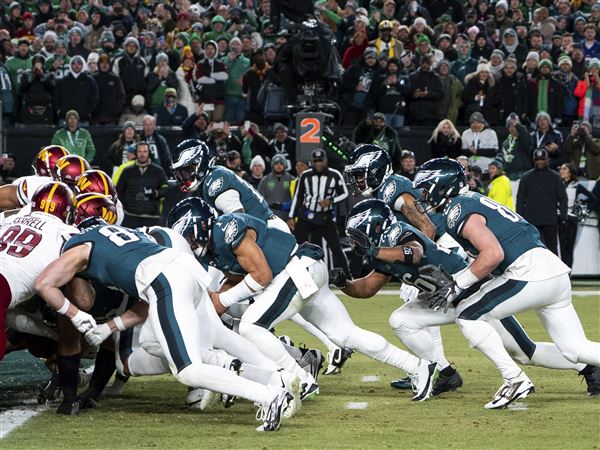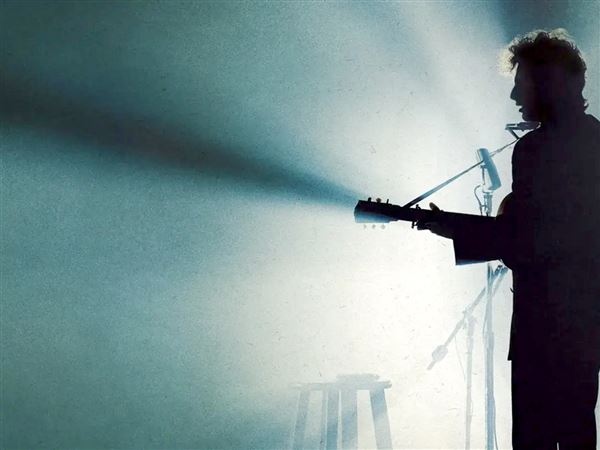In the arts, should racial diversity matter more than quality?
New York Times chief critic Anthony Tommasini recently called for an end to the orchestral practice of blind auditions, arguing that orchestras should take a musician’s race into account when making hiring decisions to increase diversity. It’s a provocative call for affirmative action in the ivory, statuesque world of professional classical music, an industry currently under fierce progressive scrutiny for its homogeneity.
Deliberately pursuing diversity is not mutually exclusive with creating the best artistic ensemble. But the assumption that a person’s race plays a significant role in determining his or her musical suitability for a position could be seen as discriminatory by definition.
Most U.S. orchestras use screens to hide auditioning musicians from view so that the judges’ biases regarding age or gender or race won’t impact hiring decisions. The practice was intended to quell prejudice and provide the means for a purer assessment of skill than a typical job interview permits, in theory if not practice, as blind auditions aren’t really blind.
Jeffrey Grubbs joined the Pittsburgh Symphony Orchestra’s bass section in 1996 after stints with the Atlanta Symphony Orchestra and Florida Philharmonic Orchestra. He played behind a screen for only the preliminary round of his Pittsburgh audition.
“If I was hired because of my skin color I would probably not value myself as highly,” said Mr. Grubbs, the PSO’s only tenured Black musician. “Every day I’d go to work and think, ‘wow do I really belong here?’ ”
Mr. Grubbs’ Pittsburgh audition experience is fairly typical. Generally, when an orchestra job posts to national union boards, hundreds of musicians submit resumes and recordings. Sometimes, certain players are invited to apply and automatically are advanced to the final rounds based on experience. For the rest, a panel of orchestra musicians winnows applicants to a few dozen who pay their own way to travel to the orchestra’s city and audition in person. Each player gets a few minutes to play onstage behind a screen for a panel of judges, and only a small percentage advance. At many orchestras the screen comes down during either the semifinal or final round. Oftentimes, an orchestra’s music director joins for only the final round of typically about five to seven players and selects a winner alongside the committee. The winner then receives a trial period with the orchestra, and some are tenured at the trial’s conclusion.
American orchestras lack racial diversity. The most often cited breakdown from 2014 reveals that only about 2% of professional orchestra members are Black, 2.5% are Hispanic or Latino and about 9% are Asian/Pacific Islander.
Common arguments for increasing orchestral diversity focus on better reflecting the racial makeup of the communities they serve and encouraging more young musicians of color. (Mr. Grubbs recalled being inspired by a Black cellist in The Cleveland Orchestra as a key moment in his development.) Some leaders and players contend that the lack of diversity of orchestras is indicative of systematic exclusion and oppression and that more players of color would help audiences of color feel more at home in concert halls.
There is an overwhelming surplus of applicants for too few open orchestra jobs each year, and a dive into diversity data for several reputable conservatories like Oberlin, Peabody, the Boston Conservatory and others reveals only a slightly higher percentage of Black and Latino students than in orchestras, typically around 5-8%. Looking younger, the study “Who Enrolls in High School Music? A National Profile of U.S. Students, 2009-2013” notes that “As in prior research, we found race/ethnicity to be significantly associated with overall music ensemble enrollments,” and that prior academic achievement is strongly correlated with a student’s likelihood to enroll in an ensemble in high school.
“Maybe this is more a cultural reflection on exposure to classical music,” Mr. Grubbs said. “There’s a lack of exposure sometimes in the Black community at a younger age.”
This has led many orchestral leaders to argue that any efforts to increase diversity must target younger players. Mr. Tommasini acknowledges a dearth of Black or Latino audition candidates, though he argues that today there is little difference among players at the top of their fields, and that there are players of color qualified to take on orchestral positions.
Professional musicians disagree. The Pittsburgh Symphony’s music director, Manfred Honeck, said in a phone call from his home in Austria that he fully supports the diversification of orchestras, but that musicianship must remain the principal factor in judging an audition, whether screened or unscreened. For Mr. Honeck, an audition often comes down to whether somebody “plays stylistically in the way we are searching for” rather than a technical assessment.
“I don’t know that diversity hiring would change things much, as my impression is the highest caliber Black musicians out there are getting jobs,” Mr. Grubs said.
“There just aren’t very many of them.”
Organizations like the League of American Orchestras, a trade organization, the Sphinx Organization and the Andrew W. Mellon Foundation are creating and promoting funds to help middle and high school students from underrepresented backgrounds, providing funding for things like private lessons, summer festivals and instruments. There are more than a dozen professional fellowships at some of America’s top orchestras — including the PSO — that provide training and support to early career minority players, and others are committing to provide financial support for minority players as the process of auditions can be prohibitively expensive to those without the means.
Such programs have not significantly changed the face of orchestras to date, and the current demand for change is operating on a much swifter timescale than these projects.
“Slow and steady change is no longer fast enough,” Mr. Tommasini concludes in light of recent public pushes to root out discrimination and inequity in American society, triggered in May by the brutal death of George Floyd, a Black man, at the hand of a white police officer in Minnesota.
This is the fundamental question in play in many American institutions currently: Is it enough to claim systems provide equal opportunity, or should they actively seek racial equity to ensure more diverse hiring practices due to historic oppression?
“I think maybe a good way to go about it would be to seek out these players [of color] and invite them to auditions,” Mr. Grubbs said. “If they can’t make it financially we can help. That’s a real problem. But then the screen is up at the audition.”
A more egalitarian approach could be to adjust the process to keep the screens up until the audition is complete and offer trial positions to one or more winners, as many professional players and recent graduates on the audition circuit have said the number of tryouts where a “no-hire” is declared has been on the rise in recent years. A no-hire typically results when the orchestra fixates on finding an elusive “perfect” candidate for the position or a more insidious attempt to hire a specific candidate, whether colleagues or students of current players. And while the blind-audition model long been touted as the principal driver in bringing more gender parity to orchestra in the late 20th century — including by Mr. Tommasini — a review of the data doesn’t fully support this claim in the orchestra or business worlds.
“For me, I actually don’t care so much if the screen is up or down, I am a person who is completely listening on the sound,” Mr. Honeck said.
Jeremy Reynolds: jreynolds@post-gazette.com or 412-263-1634; twitter: @Reynolds_PG. Mr. Reynolds' work at the Post-Gazette is supported by a grant from the San Francisco Conservatory of Music, Getty Foundation and Rubin Institute.
First Published: July 26, 2020, 4:00 a.m.
